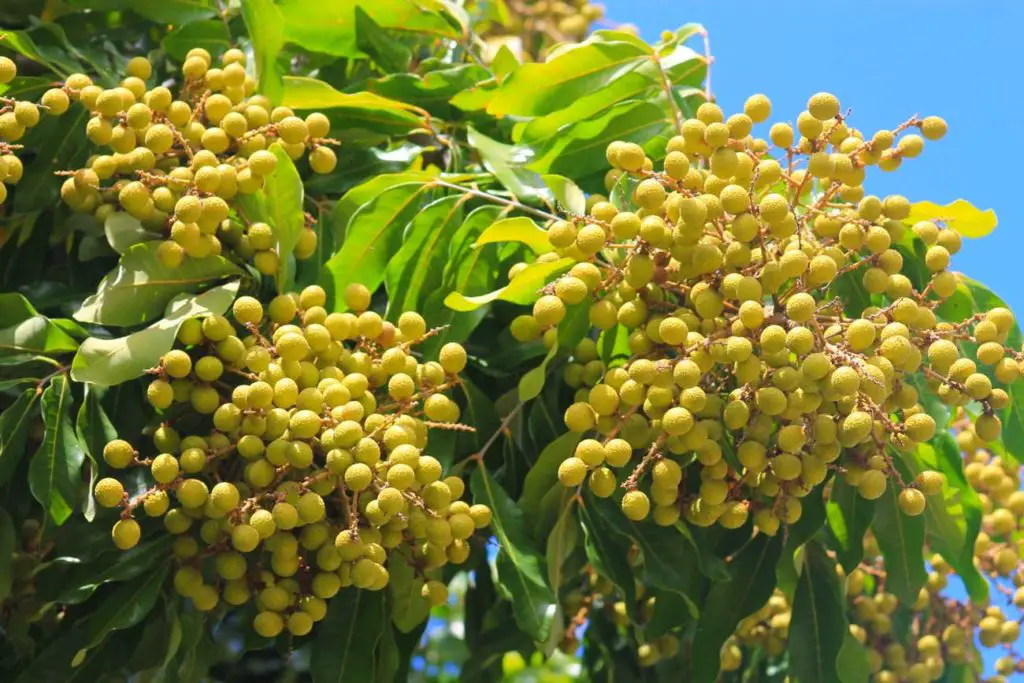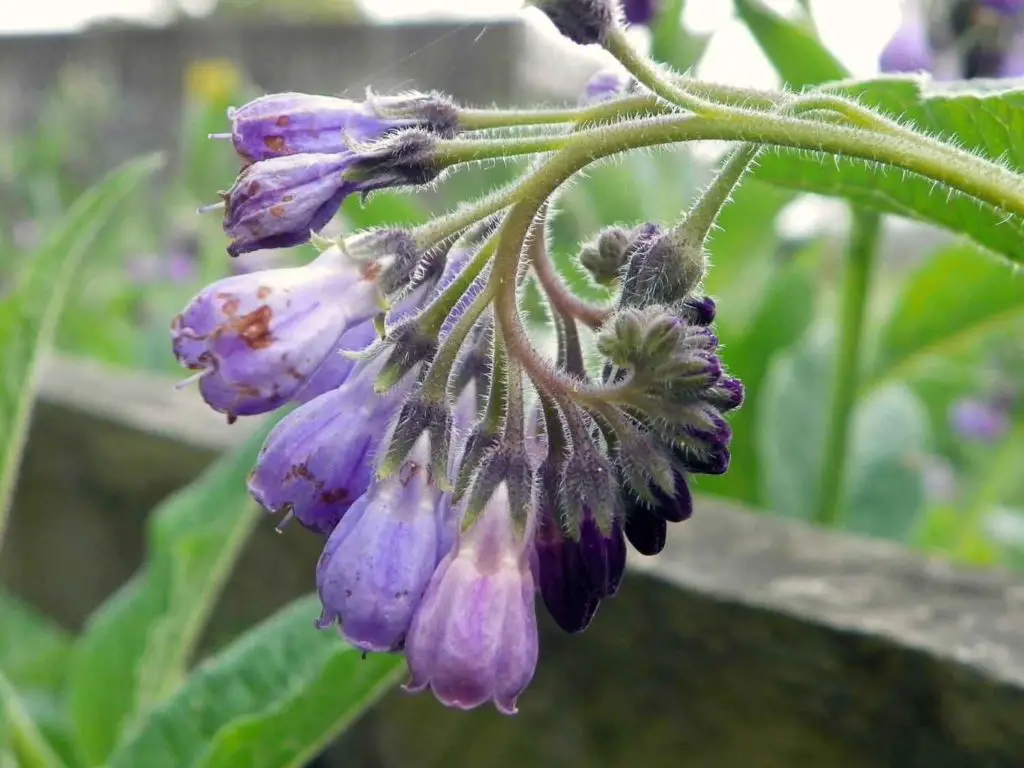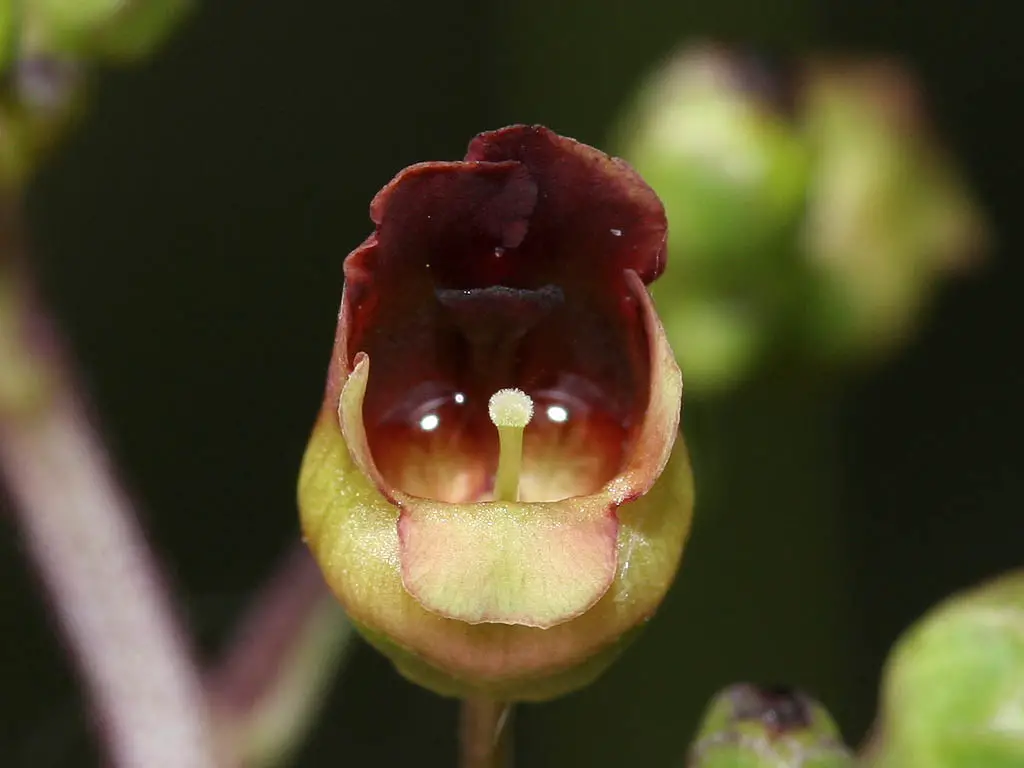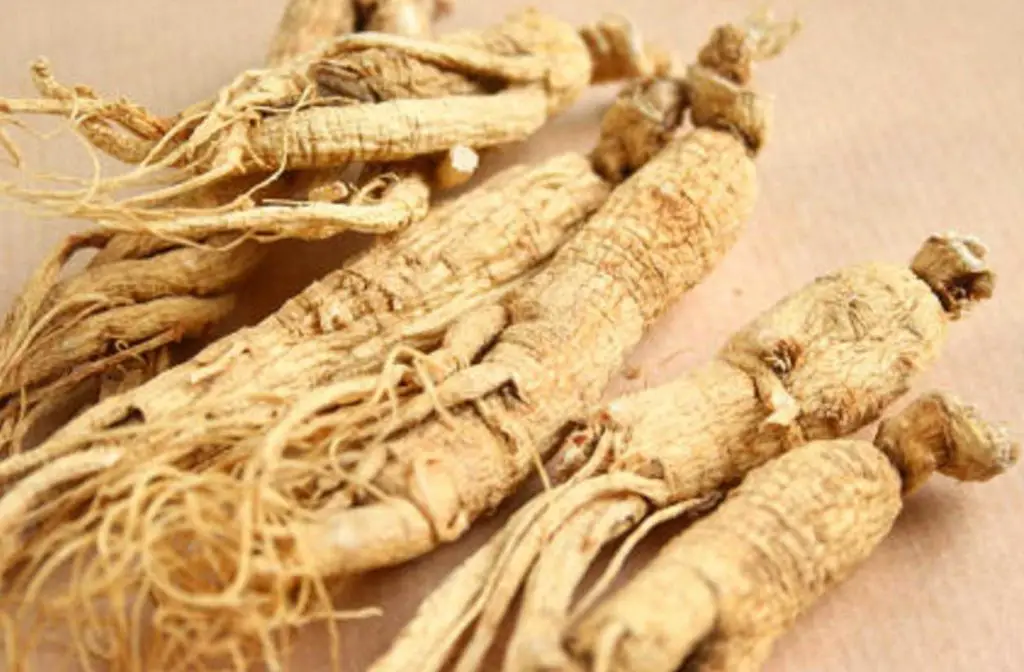What is Longan Fruit?
Longan, scientifically known as Dimocarpus Longan or Euphoria Longan, it’s chinese name is Long Yan Rou. Longan is a fruit-bearing tree that grows in subtropical and tropical climates. It belongs to the same family (Sapindaceae) as the more widely known lychee. Both trees are native to southern China, India and the Indochina peninsula, but have been successfully cultivated in Florida, the Caribbean, and Hawaii. The Longan tree thrives in sandy soil and is more resilient to colder temperatures than the lychee. Longans require a change in temperature to properly bear fruit.
The fruit of the Longan are round and up to an inch in diameter with a light brown to yellow leathery skin. The fruit has a large black pit at the center giving it an eye-like appearance, which is the source of the fruit’s colloquial name, Dragon Eye Fruit. The fruit’s flesh is milky white resembling lychees, but it is often described as less sweet making it less popular. Following harvest, the fruit has a short shelf life, but can be preserved by freezing, canning, or drying.
Longan Fruit Benefits & Uses
The Dragon Eye Fruit has been incorporated as part of traditional medicine across Asia. While some claim that the fruit and seeds have anti-venomous properties, there is no scientific evidence to support this traditional cure. However, the fruit has been shown to be rich in antioxidants which may contribute to neuroprotective, anti-cancer, and other beneficial health effects. Overall, the most common traditional medicinal uses are to treat stomach aches, insomnia, and to improve memory.
Cognitive Enhancement and Improved Memory
Studies have examined the effect of Longan on the brain. Extracts of Longan have been shown to improve memory in rats by promoting brain cell survival in the hippocampus. Furthermore, Longan has been shown to protect against neurotoxic effects, which may help delay the onset of neurodegenerative diseases such as Parkinson’s disease. Again, this preliminary work was done with rats. There are no ongoing clinical studies using Longan in humans.

Stomach Aches and Digestive Ailments
Longan is a pleasantly sweet and easily digested fruit. Eaten fresh or dried, Longan flesh has a calming effect on the digestive system. There are some reports claiming that Longan is a vermifuge, or a substance that helps expel parasites. The polysaccharides in the fruit have some reported anti-inflammatory effects that can also soothe the digestive track. One study also found that compounds from the seeds reduced uric acid which indicates that the fruit may be beneficial for diseases like gout.
Insomnia and Neuroprotective Effects
Longan has a long history of use for treating insomnia in traditional Chinese medicine. For treatment of sleep disorders, the fruit is typically brewed as a tea. While there are currently no studies examining the mechanism of action for this treatment, many sources report this treatment to be effective.
Longan Fruit Side Effects and Shelf Life
There have been no reported toxicity issues with Longan fruit. The fruit is extremely safe and there are no side effects related to eating Longan fruit. Moreover, no toxicity has been associated with extracts produced from the fruit’s flesh, seeds, or the tree’s flowers.
Fresh Longan has a relatively short shelf life; therefore it is common to see the fruit as a canned, frozen or dried product. In these forms, the seed of the Longan is often removed before being preserved. Because of its high sugar content, the fruit will often be canned in its own juice without any syrup added. Many have also noted that neither canning nor freezing of the fruit greatly affects the taste of the fruit. Some describe dried Longan as having a somewhat smoky taste as a result of the drying process. Fresh or preserved Longan will often be added to tea. Water-based extracts of the fruit exist, as well as extracts of the seeds and the flowers.
Our prediction? Longan Fruit is the next “Super Fruit” to hit mainstream media. It deserves it. Get it => here
— MedicinalHerbals (@MedicinalHerbal) February 28, 2017
Longan Fruit Nutrition and Calories
Fresh Longan fruit is predominantly comprised of water which makes up 82.4% of its overall mass. The fruit is also a source of protein (1% of the fruit’s mass), carbohydrates (15.8% of the fruit’s mass); fiber (0.4% of fruit’s mass) and a small amount of fat (0.1% of the fruit’s mass). The fruit is also a source of calcium, phosphorus, iron, and Vitamins A, B, and C.
The Calories in Longan Fruit are as followings:
Serving Size 1 Fruit (3g)
Calories: 2
Total Fat: 0g
Cholesterol: 0mg
Sodium: 0mg
Potassium: 8.51mg
Carbohydates: 0.5g
Sugar: 0g
Protein: 0g
Vitamin A: 0%
Vitamin C: 4%
Calcium: 0%
Iron: 0%

Growing Longan Fruit
Overall, Longan trees require a relatively large area to grow. Trees are often maintained at 20 feet tall and require approximately 40 feet of space between trees to produce optimal yields of fruit. While the trees do need a period of cooler weather to properly produce fruit, they are intolerant of frost. Sub-tropical climates with ample rainfall are suitable for cultivating Longan. The trees do not tolerate periods of drought, but can withstand flooding. Trees have a reputation of having inconsistent harvests; therefore a great deal of maintenance is required to support a healthy yield. Trees typically should be aggressively pruned for the first four years to reduce wasted energy and should not be permitted to produce fruit. Following the initial four years, pruning of both flower and fruit clusters remains important to ensure better quality of the fruit. Trees should be fertilized following flowering.
Buying Longan Fruit
The Dragon Eye Fruit is a widely consumed fruit throughout Asia with some medicinal benefits. While the effects of eating Longan haven’t been thoroughly studied, there is a long documented history of it being used to soothe digestive ailments, improve sleep, and support brain health. Since there are no documented negative effects from consuming Longan, it is a great additive to any diet especially since it is rich in antioxidant compounds and has a pleasantly sweet taste. Longan trees have proven to be somewhat challenging to cultivate; since they require a relatively high amount of maintenance with inconsistent fruit yields. Although it may not be practical for everyone to grow their own Longan trees, Longan products are widely available. Additionally, the taste and nutritional benefits of the fruit are not compromised by preservation techniques like drying, canning, or freezing. Though not as popular as lychee, buyers can find Longan at most Asian supermarkets, online, and occasionally in generic supermarkets in the southeastern United States. Overall, Longan is a low-risk, high-reward addition to anyone’s diet.
References:
http://pubs.acs.org/doi/full/10.1021/jf0403484
http://www.sciencedirect.com/science/article/pii/S0278691506002481
http://www.ncbi.nlm.nih.gov/pmc/articles/PMC3905590/
http://www.jmb.or.kr/journal/viewJournal.html?doi=10.4014/jmb.1601.01092
http://www.sciencedirect.com/science/article/pii/S0378874110000176
http://www.ncbi.nlm.nih.gov/pmc/articles/PMC3433710/
http://www.sciencedirect.com/science/article/pii/S0367326X12000068




